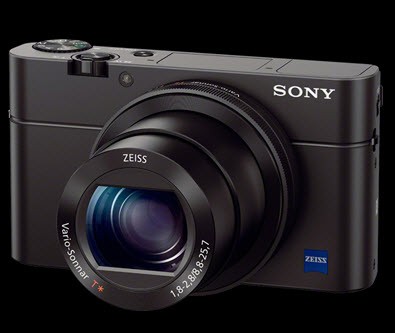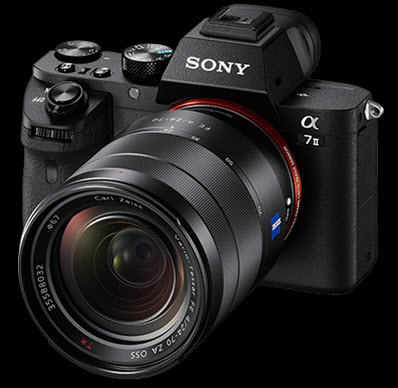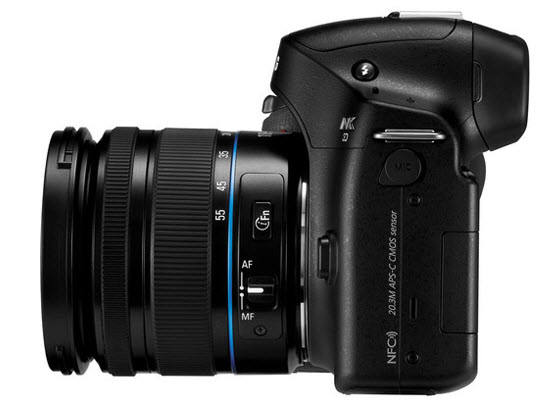The following chart from Statista tells a fascinating story about what is happening in digital cameras:

This started nearly 5 years ago with Flickr first reporting that the most popular camera for picture taking on its website was not a Canon or Nikon SLR but rather an Apple iPhone. Like the trend towards eCommerce sales, smartphone camera usage continues to move inexorably upwards.
Smartphone Cameras Are Very Good
And it should be no surprise – the cameras on smartphones are getting ever better in their specs as they start to approximate compact camera performance. Here are the specs for the top 3 smartphone cameras taken from DPreview and Tom’s Guide on cameras reviews plus personal experience.
Lets start with personal experience. During the summer my Nikon D5100 ran out of power to my surprise. So I borrowed my buddies Samsung Galaxy s5 and was astonished by the quality results. Now I have Google Nexus 4 which is no slouch but here are the underlying specs for the Galaxy 5:
16Mpixel sensor provides pixel room for background/foreground plus shot& more adjusting.
Autofocus is accomplished in less than 1/3 of a second. HDR settings help to eliminate gross under and overexposure shots. And the onboard Samsung plus Pixlr post-processing apps go well beyond what is available in most compact cameras.
According to Tom’s Guide, Apple’s iPhone 6 Plus gives away 8Mpixels to the Samsung Galaxy at 16Mpixels but makes up for that with uncanny fast smart auto-focus plus optical image stabilization which is able to smooth out panned still shots and most video transitions. Finally the larger pixels combined with local tone mapping helps to reduce overexposure on sunny days.
But Samsung answers back with Galaxy Sport that has all the good camera specs of the S5but adds a waterproof and shock-resistant case which is good for 40 minutes in up to 3 feet of water [shoot way, the Galaxy Sport shoots under water] and can handle 4 feet drops and will keep on ticking.
The Smartphone vs Compact Camera Tradeoff
Smartphone cameras at 12-16Mpixels are approaching compact camera resolution. But the top of the line compacts have moved into 20Mpixels, 1″sensors, and ultra-fast focus features too. But the clear advantage that compacts have are over smartphones are 3 fold:
1)they have optical zooms of between 3 to 10 times;
2)they have storage capacity of up to 64GB that is easily swapped out;
3)have more shooting modes including Aperture priority, Shutter priority, complete manual mode plus a selection of specialty shooting modes for electric light, action moments, nighttime exposures etc. Here is the best rated compact camera for the past 2 years:

At $800 the price is not compact, but read about the
Sony RX100 III performance here.
Smartphone cameras have 3 key advantages as well:
1)they are readily carried just about everywhere;
2)they are at the start of the day fully charged;
3)they are easy to operate.
So it is fascinating to note that on trips and travel, compact cameras get carried and used more than smartphone cameras.
DSLR Cameras
Confession – my Nikon D5100 DSLR so clearly out performs my Panasonic Lumix and Nexus 4 that it takes the bulk of my blog and Web development still and video image shots. I am a happy camper even with a kit lens. But as you can see from the Statista chart, DSLR picture taking is low camera on the picture taking totem pole. And this is true even as DSLR’s full-frame camera sensors deliver 36Mpixel or better, camera raw images that allow for much greater photo processing play, plus sophisticated flash and lighting exposures. The downside to current DSLRs is their bulky size, weight, and lens interchange cycle. Oh … and price. Here are some top end DSLR prices:
Nikon D4s – body only $8800
Nikon 810 – body only $3200nn
Sony a7R – body only $2300
Canon EOS6D – body only $3100
Nonetheless, the CPUs on board the high-end cameras are able, with motion sensors and superfast correction algorithms, to polish photos by eliminating diffraction, slide-motion, and other distortions.

Sony Alpha7ii leads the high-end DSLR tech specs.
Despite these improvements there is a trend away from DSLR accelerated by the arrival of mirrorless and 4/3 cameras which still retain interchangeable lenses. These MILC- Mirrorless Interchangeable Lens Cameras reduce the size, weight and top end cost of traditional DSLRs. Here is the cream of the new MILC cameras:

Samsung, pioneer of 4/3 MILCs has one of the best-rated with NX-30
Another factor is the emergence of the high-end video cameras which take great stills at 8-12Mpixels. Typical is the GoPro Hero4 with 12Mpixels stills and stunning 4000p/30fps, 2500p/50fps, and 1080p@120fps while being able to take underwater shots to a depth of 40 meters. All for $590 -could this be your next Web camera? Take a look:
